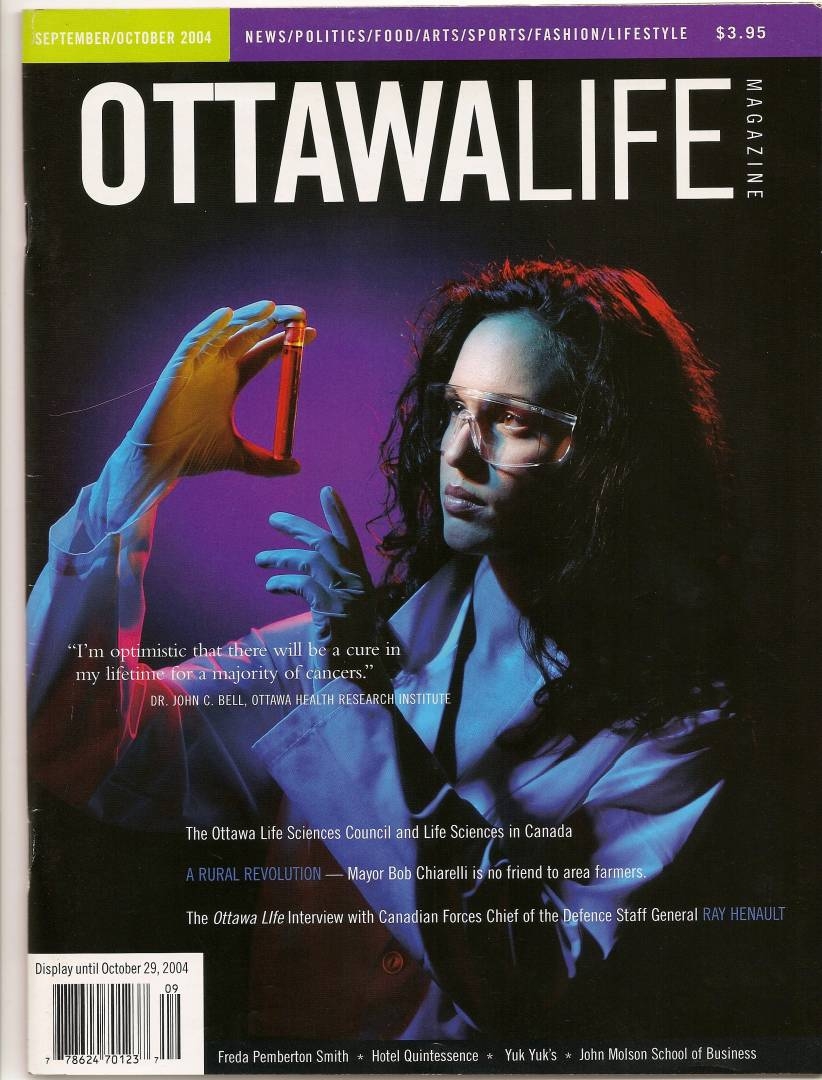
Jen’s Jibberish: Taking Care of Your Ticker as We Bid Adieu to Heart Health Month
Somehow it just feels wrong to end the month of February without once again paying homage to the heart. While we were subjected to Valentine’s Day ad nauseum, February is also heart health month, and that is by far more important. As part of my foray into learning more about my ticker, I experimented with an Omron home blood pressure (BP) monitor www.omronhealthcare.ca which is, as it turns out, pretty darn cool.
Olympic medalist Joannie Rochette teamed up with Omron to raise awareness of the benefits of monitoring BP. She has personal experience with heart disease. She lost her mother to a heart attack days before competing at the Vancouver 2010 Winter Games and it broke our hearts to watch her experience her grief on national television while skating her way to a medal and making her country proud.

BP is a big deal, but what it actually means had always been a mystery to me. High blood pressure is bad, got that. 120 over 80 is considered the benchmark for a normal read. Great. But what is it exactly? BP is the measure of the pressure or force of blood against the walls of the blood vessels (the arteries). High blood pressure can damage blood vessel walls, causing weakening or scarring that promotes the build-up of plaque and the blocking of arteries. And that, as we all know, is very, very bad. BP includes the systolic pressure (as the heart beats, the higher number as in 120 for example) over the diastolic pressure (as the heart relaxes between beats, ie the 80 number.)
While Omron has different BP monitoring models, I chose one that went around my wrist, took about 25 seconds for a read and was simple to use, as in one button. I got to see patterns in my behaviour that affected my BP. With two kids to get out the door and being the most disorganized mother on earth, I found my BP skyrocketed in the morning as I cursed and searched for mittens and boots. By monitoring, you get to learn about your body and with your doctor, you can keep an eye on this important measurement of heart health.
On top of that, monitoring and controlling your blood pressure can reduce your risk of stroke by up to 40 per cent, your risk of heart disease by 50 per cent and your risk of heart failure by up to 25 per cent. Pretty amazing when you think about it.
Rochette also says “it’s all about a balanced lifestyle. It’s important to know the risks, including genetics, but by making even small lifestyle changes, you can help lower your chances of developing heart disease. Incorporating 30 minutes of physical activity per day and making healthier food options are two good examples.” And she underlined that monitoring your blood pressure at home is an easy way to help your heart. And it’s fun. As always, you should consult your doctor — in fact, the Heart and Stroke Foundation recommends that all adults have their blood pressure checked by a healthcare professional at least every two years.

Speaking of the Heart and Stroke Foundation, it says nine out of 10 people in Canada have at least one risk factor and 40 per cent have three or more. The good news is that 80 per cent of premature heart disease and stroke is preventable. What may come as a surprise, unless you have seen those Becel ads on tv, is that heart disease is the number killer of women. (Learn more about it at www.thehearttruth.ca).
I am a firm believer in trying to stack the karmic cards in your favour. The Ottawa Heart Institute Telethon is taking place this Sunday, March 4th. Visit www.ottawaheart.ca to donate or tune in on CTV Ottawa from 9 a.m. until 7 p.m. to catch the show and donate. Hopefully you will never need the Institute but chances are you will know someone who will.
By the way, March is colorectal health month… imagine the fun I am going to have with that one.













